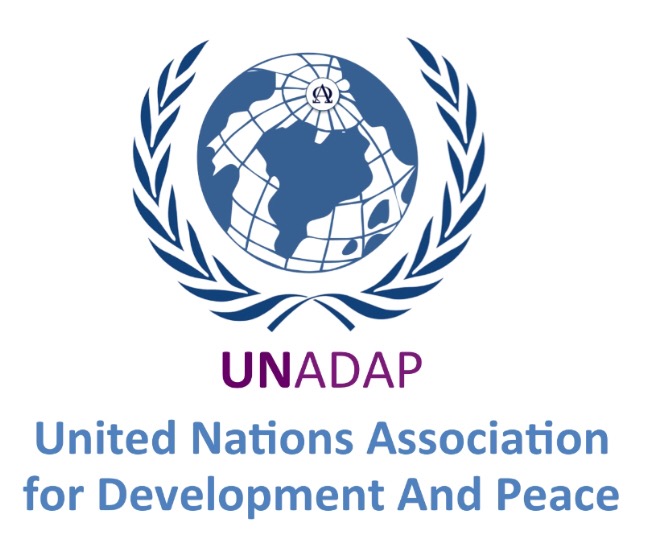India's stance on SDG 6: Clean Water and Sanitation
- UNADAP | United Nations
- Dec 1, 2022
- 3 min read

The Challenge
Every year millions of people, most of them children, die from diseases associated with inadequate water supply, sanitation, and hygiene. It is estimated that by 2050, a quarter of the world’s population is likely to live in countries affected by chronic or recurring shortages of water. Two and a half billion people have gained access to improved drinking water sources since 1990, but 663 million people are still without. Between 1990 and 2015, the proportion of the global population using an improved drinking water source increased from 76-91%, however, each day, nearly 1,000 children die due to preventable water and sanitation-related diarrhoeal diseases.
Why is this important?
Clean water is critical to survival, and its absence can impact the health, food security, and livelihoods of families across the world. Although our planet has sufficient fresh water to achieve a regular and clean water supply for all, bad economics and poor infrastructure can skew supply unfavourably. Drought afflicts some of the world’s poorest countries, worsening hunger and malnutrition. Floods and other water-related disasters account for 70% of all deaths related to natural disasters. Global goals and national priorities on reliable energy, economic growth, resilient infrastructure, sustainable industrialisation, consumption and production, and food security, are all inextricably linked to a sustainable supply of clean water. Hydropower is one of the most crucial and widely-used renewable sources of energy and as of 2011, represented 16% of total electricity production worldwide.
What can we do to address this?
The Sustainable Development Goals have committed the international community to expand international cooperation and capacity building on water and sanitation related activities and programmes, and also to support local communities in improving water and sanitation management. Through Goal 6, the countries of the world have resolved to achieve universal access to safe drinking water and adequate sanitation and hygiene to all in the next fifteen years.

India and Goal 6
The overall proportion of Indian households with access to improved water sources increased from 68% in 1992-93 to 90.6% in 2011-12. However, in 2012, 59% of rural households and 8% of urban households did not have access to improved sanitation facilities. Almost 600 million people in India defecate in the open – the highest number in the world. Improving sanitation is a key priority of the government which has introduced several flagship programmes including the Swachh Bharat Abhiyan to clean India, the National Rural Drinking Water Programme, and Namami Gange, which aims at the conservation of the River Ganga.
Targets
By 2030, achieve universal and equitable access to safe and affordable drinking water for all.
By 2030, achieve access to adequate and equitable sanitation and hygiene for all and end open defecation, paying special attention to the needs of women and girls and those in vulnerable situations.
By 2030, improve water quality by reducing pollution, eliminating dumping and minimising release of hazardous chemicals and materials, halving the proportion of untreated wastewater and substantially increasing recycling and safe reuse globally.
By 2030, substantially increase water-use efficiency across all sectors and ensure sustainable withdrawals and supply of freshwater to address water scarcity and substantially reduce the number of people suffering from water scarcity.
By 2030, implement integrated water resources management at all levels, including through transboundary co-operation as appropriate.
By 2020, protect and restore water-related ecosystems, including mountains, forests, wetlands, rivers, aquifers and lakes.
By 2030, expand international co-operation and capacity-building support to developing countries in water- and sanitation-related activities and programmes, including water harvesting, desalination, water efficiency, waste water treatment, recycling and reuse technologies.
Support and strengthen the participation of local communities in improving water and sanitation management.
Copyright: UN India, SDG






Comments